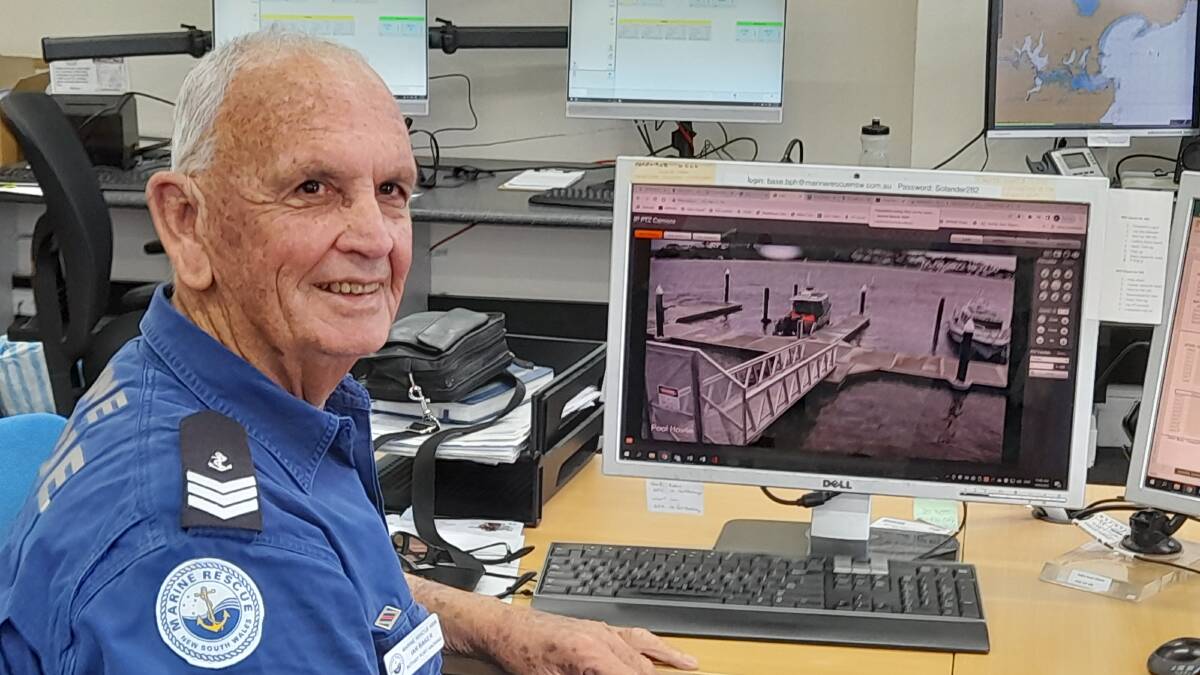Sean Michael McDonald (39) was found guilty of two cases of manslaughter and one of endangering life in connection to a severe night-time boat crash near the Harbour House channel in the North Sound three years back.
Manuel “Manny” Brown (49) was a police officer from George Town. John Turner (70) and his business partner were aboard the Godfrey Hurricane. Both were killed in the incident. Shamilla Wright, who was on the boat, also suffered severe injuries.
Justice Cheryll Richards found that McDonald was responsible for the collision. She mentioned that he was driving too fast, not maintaining a proper lookout, and did not take evasive actions.
In a judge-alone trial she presided over in March 2022, Justice Richards gave her verdict on Tuesday and stated why she found McDonald “rash and negligent” while operating the boat to the extent that he was both responsible and guilty of manslaughter and endangering lives.

Even though the perpetrator’s passport has been seized, McDonald was permitted to continue on bail until sentencing, which is not expected to occur until November 2022, owing to multiple court-requested reports and the availability of attorneys.
Reading out a portion of the judgment over 100 pages, she explained how she was sure that McDonald’s was responsible for the collision. He initially denied the charges but failed to take the stand during his trial. However, his interview with police after the crash was provided as evidence, and a witness gave evidence on his behalf to refute a report on the reconstruction of the collision and other details produced by the crown’s technical specialist.
Neal observed that the Pepper Jelly reportedly struck the front of the smaller boat, mounted on it, and then hit the helm, rolling over the Godfrey Hurricane before capsizing. On being hit, reportedly, the Godfrey Hurricane moved in the water. It then smashed into a seawall. The evidence revealed that the Pepper Jelly was at throttle when the crash occurred, while the smaller boat’s throttle was placed at one-third to a half.
Crawford suggested that as there was no speed limit where the crash reportedly occurred, the speed issue was down to the captain’s judgment.
In his statement to the police, McDonald claimed he was doing no more than 20 to 25 miles per hour. However, the GPS recorded that the boat accelerated to 50mph before the collision.
McDonald admitted that driving his boat at more than 40mph gets scary, demonstrating that he was aware that this speed would present dangers to others, a point observed by Justice Richards.
McDonald had mentioned that he had observed no lights of any other ships as he approached the Harbour House Marina. He also did not see the Godfrey Hurricane until before the collision, when it was five feet away.
Whether the Godfrey Hurricane was improperly lit or otherwise formed a significant part of McDonald’s defence. CCTV footage from Harbour House Marina caught the crash on video, and even though it was impossible to see the collision completely clearly, it reflected a bright light on the Godfrey Hurricane. McDonald argued that it wasn’t necessarily visible to all on the Pepper Jelly.
Justice Richards, however, said that if McDonald maintained a “proper lookout”, as he claimed to the police, he would have been able to see the Godfrey Hurricane approaching even if the Hurricane’s lights were difficult to see.
McDonald, the owner of the firm that owns the boat, was an experienced ship captain and knew the North Sound quite well. The judge said that, given his experience and knowledge, approaching the channel at an unsafe speed at night and not keeping a proper lookout was breaching his duty of care to a criminal extent.
References: Cayman News Service, Cayman Compass







